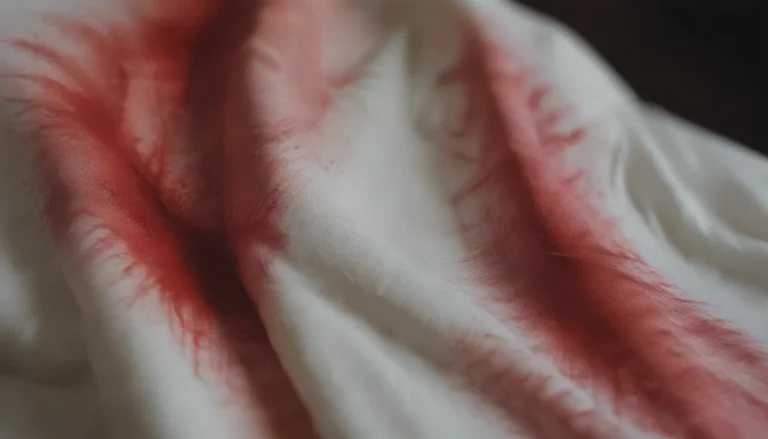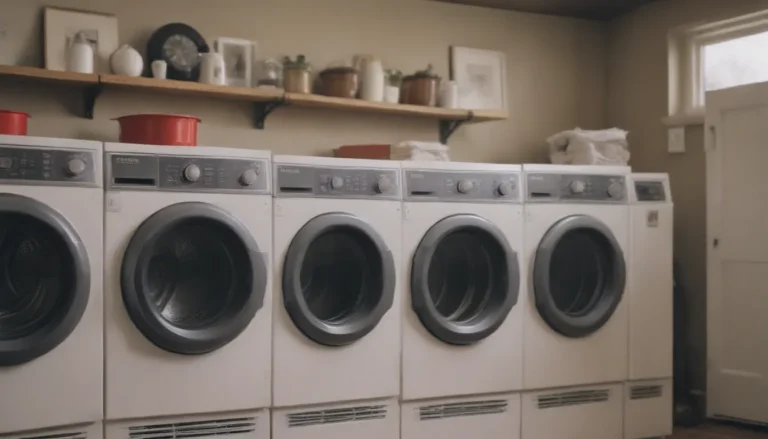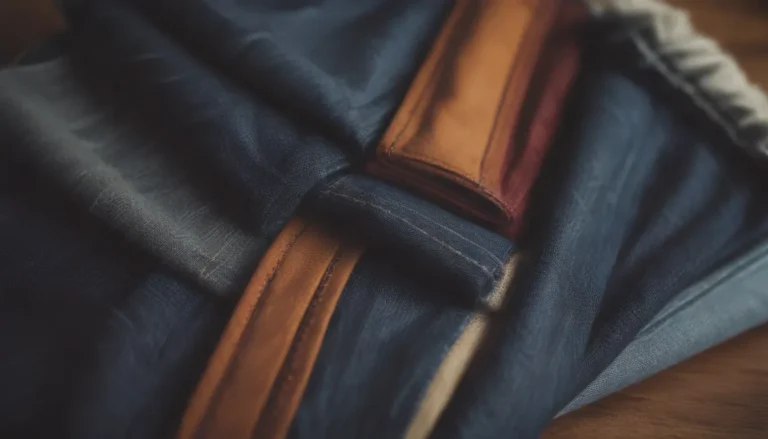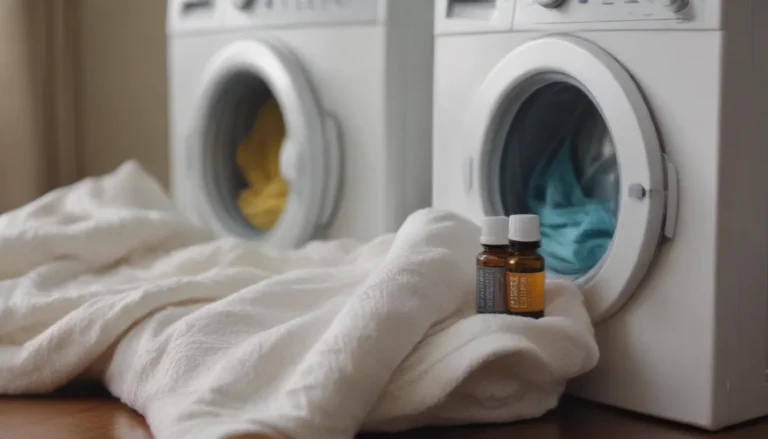The Comprehensive Guide to Preventing Mold in Your Bathroom
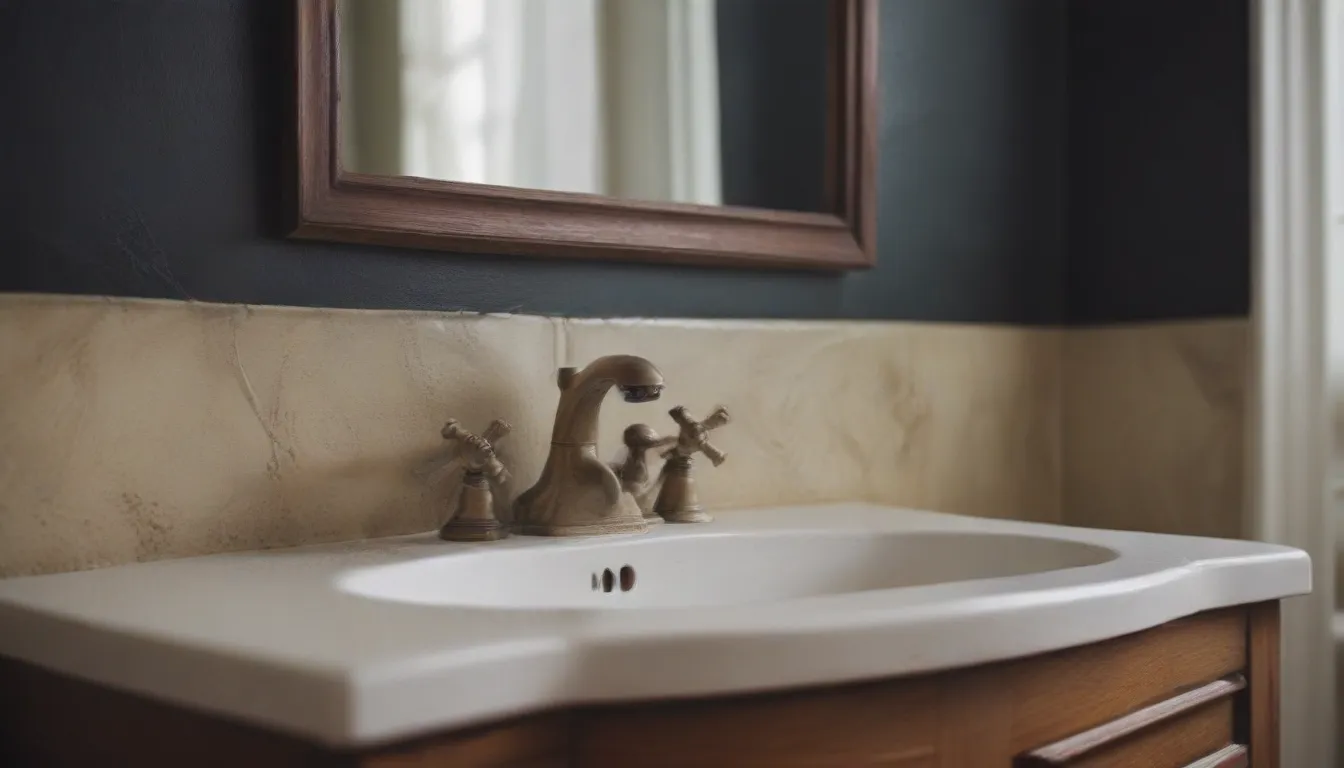
Welcome to our ultimate guide on how to prevent mold in your bathroom! Whether you’re a homeowner or renter, keeping your bathroom free from mold is essential for maintaining a clean, safe, and healthy living environment. In this in-depth article, we will explore various tips and tricks to help you combat bathroom mold effectively.
Understanding the Battle Against Bathroom Mold
Every bathroom naturally accumulates moisture, providing the perfect breeding ground for mold. To prevent mold from taking over your space, it’s crucial to focus on reducing humidity levels. By utilizing a combination of methods such as exhaust fans, addressing leaks, running dehumidifiers, and promoting airflow, you can effectively control mold growth in your bathroom.
1. Get a Good Exhaust Fan
An exhaust fan is a key component in the fight against bathroom mold. These fans work by removing moisture from the air and expelling it outside, reducing the overall humidity levels in the room. When selecting an exhaust fan, consider the size of your bathroom and choose a fan with an adequate CFM (cubic feet per minute) rating. Remember to calculate the ideal strength based on the square footage of the room to ensure proper ventilation.
2. Run the Fan Properly
Simply turning on the exhaust fan during your shower is not enough to combat mold growth effectively. It’s essential to leave the fan running for at least 30 minutes after you’ve finished bathing to ensure that excess moisture is properly removed. Consider installing a timer on your fan to streamline this process and prevent mold from taking hold in your bathroom.
Tip: Opt for cooler showers to reduce humidity levels in your bathroom.
3. Embrace the Squeegee
While it may seem like a tedious task, using a squeegee on your shower surfaces can significantly reduce moisture build-up. Take a few seconds after showering to run the squeegee on your tub, shower walls, and door to prevent mold growth. Additionally, be sure to address any water dripping from your bathroom window by drying it with a towel to discourage condensation.
4. Fix All Leaks Promptly
Leaks in your bathroom can contribute to excess moisture and mold growth. Whether it’s a dripping faucet or a leaky pipe, address any water leaks immediately to prevent mold from taking root. Delaying repairs will only worsen the situation and make it harder to eradicate mold in the future.
5. Wash Rugs, Towels, and Curtains Regularly
Items such as bath mats, towels, and shower curtains are prone to mold growth if left unwashed for extended periods. Make it a habit to wash these items regularly, at least once a week, to maintain a clean and mold-free bathroom environment. Additionally, be sure to clean your hamper regularly to prevent mold and mildew growth.
Tip: Consider using mold-killing bathroom cleaners or vinegar to eliminate hidden mold.
6. Dry Out Your Shower Items
To prevent mold and mildew from developing, remove loofahs, sponges, and product bottles from the shower when not in use. Allowing these items to dry outside of the shower will help reduce moisture levels and discourage mold growth in your bathroom.
7. Utilize Air Conditioners or Dehumidifiers
During humid months, running an air conditioner or dehumidifier can help reduce moisture levels in your home and inhibit mold growth. Monitoring indoor humidity levels with a hygrometer can help you maintain the ideal humidity range of 30-50% to prevent mold from thriving in your bathroom.
8. Open Doors and Windows
Promoting airflow by keeping your shower door, bathroom door, and window open after bathing can help reduce dampness and discourage condensation. Natural light from open windows can also help combat mold and mildew growth, as they thrive in dark, damp environments.
9. Clean with Mold-Killing Products
Using mold-killing bathroom cleaners or a simple solution of vinegar can help eliminate mold and mildew in your bathroom. Be sure to pay attention to areas such as wallpaper edges, where hidden mold may be lurking. Consider removing wallpaper and using mold and mildew-inhibiting paint to prevent future mold growth.
Tip: Regularly reseal grout to prevent moisture seepage and hidden mold growth.
10. Reseal Your Grout
If your bathroom contains a significant amount of tile, consider resealing your grout annually to prevent moisture from seeping into cracks and fostering mold growth. Maintaining the integrity of your grout will help create a barrier against mold and preserve the cleanliness of your bathroom.
In conclusion, with proper maintenance and a proactive approach, you can effectively prevent mold in your bathroom. By implementing these tips and tricks consistently, you can create a clean and healthy environment for you and your family to enjoy. Remember, mold prevention is key to maintaining a beautiful and mold-free bathroom.
References:
Centers for Disease Control and Prevention. Basic Facts About Mold and Dampness.
